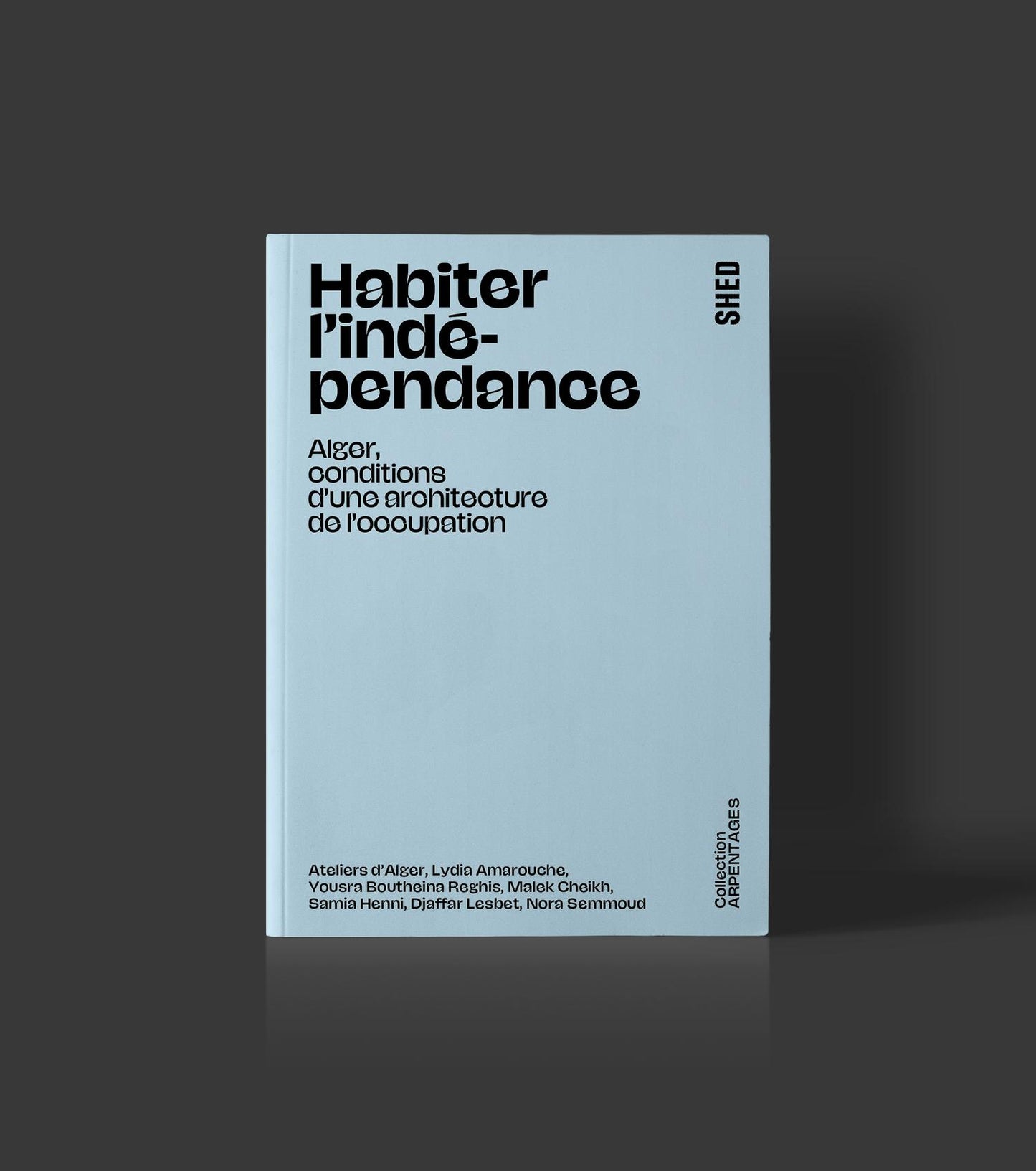shed publishing
Habiter l’indépendance Alger, conditions d’une architecture de l’occupation
Habiter l’indépendance Alger, conditions d’une architecture de l’occupation
Lorsqu'en 1962 l'Algérie accède à son indépendance, la population hérite d'un espace façonné pendant 132 ans par l'architecture de l'État colonial français. De façon inédite dans l'histoire, un peuple va concrètement habiter l’indépendance, en investissant massivement un environnement bâti pour l’exclure, voire lui nuire.
Ancré plus particulièrement à Alger, cet ouvrage revient sur les conditions d’une expérimentation urbaine et questionne la composante coloniale de l'architecture et de son enseignement, au fil du temps, dans les corpus français comme algériens.
Fruit d'une réflexion collective transdisciplinaire qui ose aborder des sujets peu traités, de l'architecture carcérale à la trajectoire de la statuaire coloniale, cette exploration critique de l'aménagement d'Alger entend mettre en lumière les pratiques de la ville par les personnes qui l'habitent.
When Algeria gained independence in 1962, the population inherited a space shaped for 132 years by the architecture of the French colonial state. In a historically unprecedented way, a people actually inhabited independence, investing massively in a built environment that excluded or even harmed them.
With a particular focus on Algiers, this book looks back at the conditions of urban experimentation and questions the colonial component of architecture and its teaching, over time, in both French and Algerian corpora.
The fruit of a transdisciplinary collective reflection that dares to tackle little-addressed subjects, from prison architecture to the trajectory of colonial statuary, this critical exploration of the development of Algiers aims to shed light on the practices of the city by the people who inhabit it.
Couldn't load pickup availability




